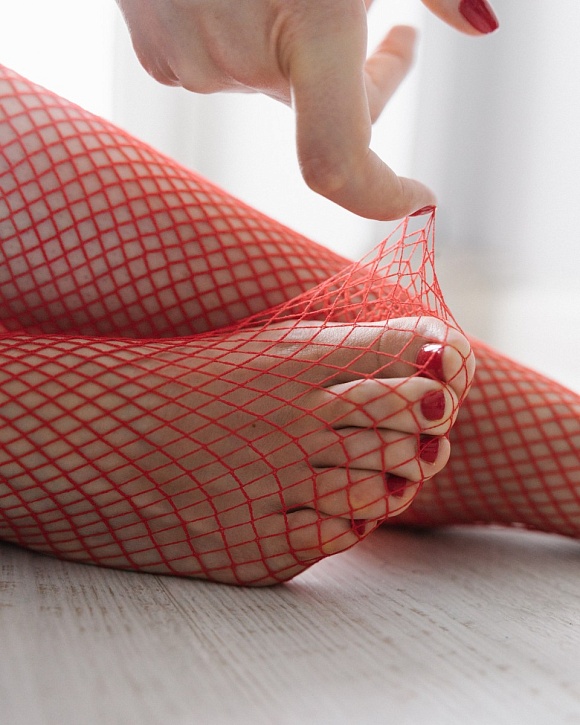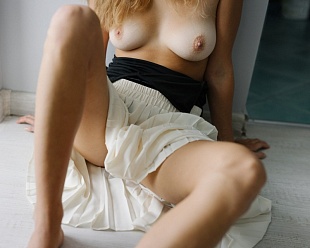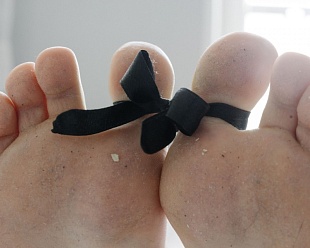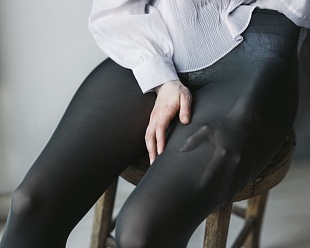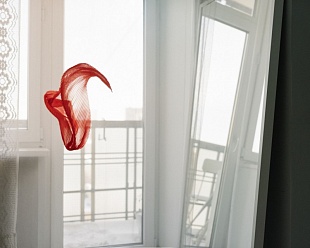Ovcharenko Margo
Margo was born in 1989 in Krasnodar. Lives and works in Moscow. Margo Ovcharenko is an artist who creates visual statements at the intersection of portrait and conceptual photography. The heroines of Margo are most often young girls living in Russia and the countries of the former USSR. The main focus of her work is the role and position of women in the post-Soviet space, sexuality and sex appeal, along with the study of corporality, queer identity, and gender as a performance. Her projects focus on the versatility of emotional interaction, the manifestation of power through femininity and sensuality. Graduated from the The Rodchenko Moscow School of Photography and Multimedia, course by Irina Meglinskaya in 2011. In 2015, with the support of the Fulbright Foundation, she received a master's degree in photography from Hunter College, New York. She performed with personal exhibitions within the framework of the 8th International Month of Photography in Moscow "Photobiennale" (2010), the 7th Moscow International Festival: "Fashion and Style in Photography" (2011), participated in a large group photo project Re:Generation in Lausanne (Switzerland), was presented at the Vienna art fair, Nofound photo-fair Paris and Carrousel du Louvre International Photo Fair. From 2010 to 2011 she was in the art residency Fabrica the Benetton group communication research center, Treviso, Italy. Photographs are shown at the Russiantearoom gallery in Paris, the Pop/Off/Art Gallery in Moscow, and some images are available from the Aperture Foundation, New York. In her new work, Margo Ovcharenko describes a woman's experience of a man's gaze, a man's fantasy. Looking at these works, the viewer now and then finds himself faced with a choice in whose position he is: the position of a pervert, a witness to the unfolding drama, a lover, or the woman herself. For Ovcharenko, the importance of marking the boundary between male and female gaze lies both in an attempt to find a place for the image of a woman in the context of self-objectification in modern culture and media, and at the same time in the very empirical experience of existence.
The photographs are designed in a strict range, which includes only primary colors, emphasizing the fact that Margo is looking for a certain archetype among her heroines, which is on the border of popular conventional beauty. The book also mimics the shape of a cheap glossy magazine, and the “turn” gesture is recognizable as a universal reference to porn magazines from the second half of the 20th century.
